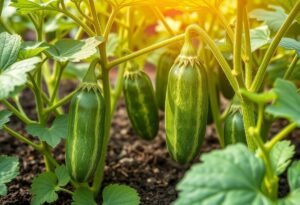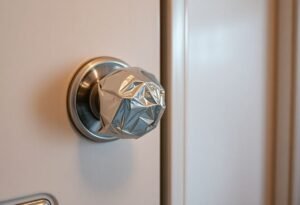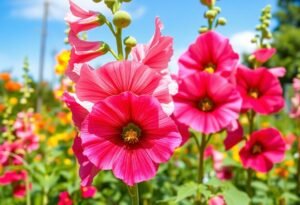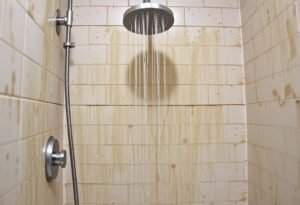Choosing the Right Location for Your Gardenias
The first step in caring for gardenias indoors is finding a suitable location. These plants adore bright, indirect light. Place them close to a window that gets morning sunlight but shield them from harsh afternoon rays. A spot where they receive filtered light will keep them healthy and happy, ensuring those beautiful blooms continue to flourish.
How Often Should You Water Gardenias?
Watering is a crucial aspect of gardenia care indoors. These plants prefer their soil to be evenly moist but not soggy. Check the soil moisture by sticking your finger about an inch into the potting mix — if it feels dry, it’s time to water. Use room-temperature water, as cold water can shock the roots and hinder growth.
Maintaining Proper Temperature and Humidity
For optimal growth, it’s important to provide your indoor gardenias with the right temperature and humidity. They thrive in temperatures between 68°F and 75°F during the day and 60°F to 65°F at night. Additionally, gardenias prefer higher humidity levels, ideally around 50-60%. You might consider using a humidifier or placing a shallow tray of water and pebbles near your plants to maintain humidity.
Fertilizing Your Gardenias
To keep your gardenias vibrant and blooming, fertilization is essential. During the growing season (spring to summer), use a fertilizer designed for acid-loving plants every 4 to 6 weeks. This will provide the essential nutrients your gardenias need to produce lush foliage and an abundance of flowers. Scale back on feeding in the fall and winter when the plant is in dormancy.
Pruning for Health and Shape
Regular pruning is a vital part of how to care for gardenias indoors. Removing wilted or yellowing leaves encourages new growth and keeps your plant looking neat. Prune your gardenias after they finish blooming to maintain their shape and promote a fuller plant in the coming seasons.
Identifying and Treating Pests and Diseases
Pest and disease management plays a crucial role in indoor gardenia care. Keep an eye out for common pests like spider mites and aphids, which can harm your plants. Regularly inspecting the leaves and using organic insecticides or neem oil will help keep your gardenias healthy and thriving.
Conclusion
Caring for gardenias indoors might seem challenging, but with the right tools and knowledge, you can enjoy the beauty of these stunning plants. By attending to their needs in terms of light, water, temperature, and nutrition, you’ll soon find yourself rewarded with gorgeous blooms and a sweet aroma filling your home. Don’t wait — start your indoor gardenia journey today and let your space bloom with love!
Disclaimer
This article is for informational purposes only. Consult a gardening expert before making any significant changes to your plant care routines.

















